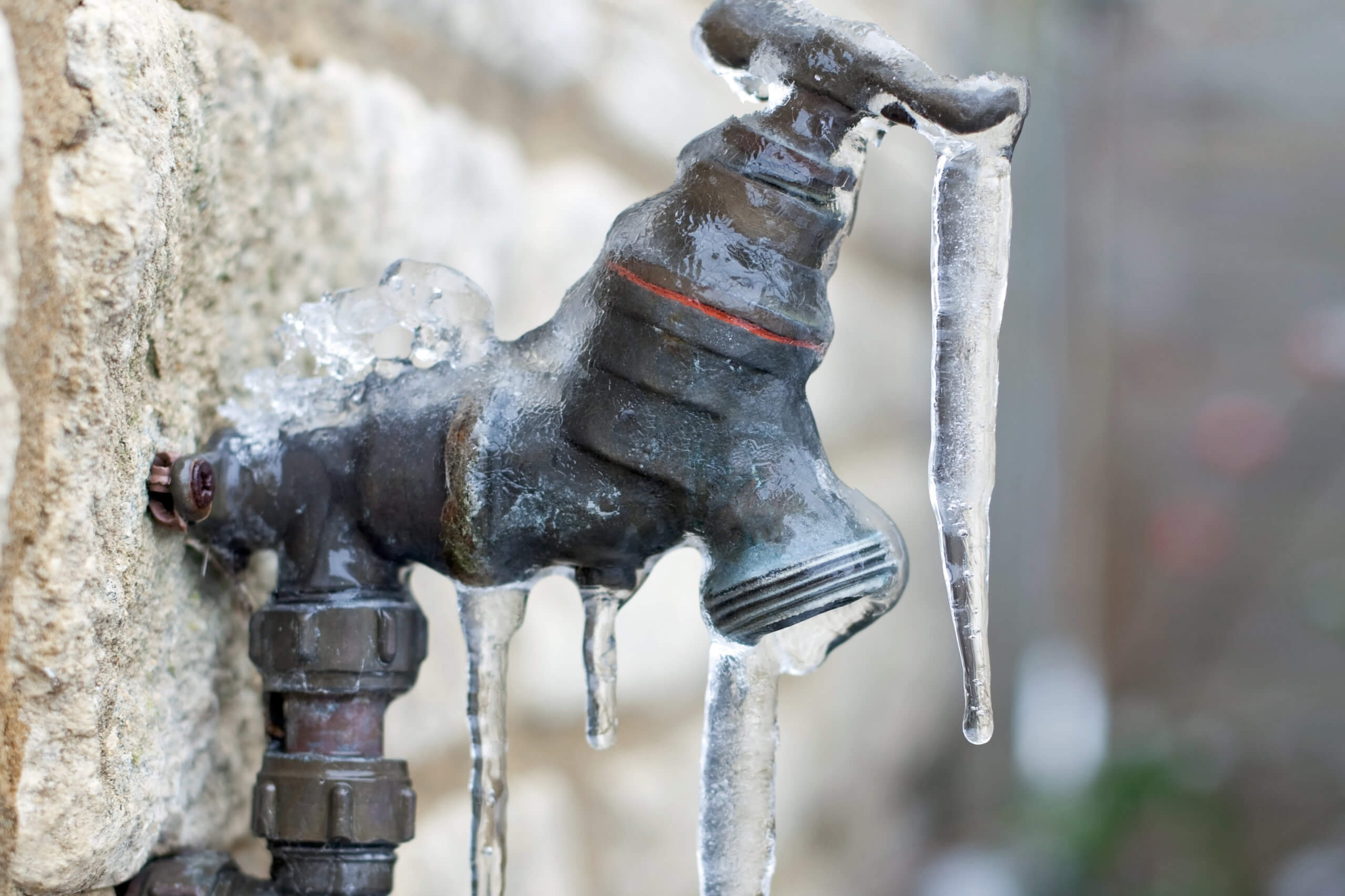Tips to Avoid Frozen Plumbing in Winter: Professional Guidance
Tips to Avoid Frozen Plumbing in Winter: Professional Guidance
Blog Article
Do you find yourself searching for critical info around Helpful Tips to Prevent Frozen Pipes this Winter?

Winter can damage your plumbing, especially by freezing pipes. Below's how to avoid it from happening and what to do if it does.
Intro
As temperature levels drop, the danger of icy pipelines boosts, potentially resulting in expensive fixings and water damages. Comprehending exactly how to avoid icy pipelines is essential for home owners in chilly climates.
Comprehending Frozen Pipes
What triggers pipelines to freeze?
Pipelines freeze when revealed to temperature levels below 32 ° F (0 ° C) for extended durations. As water inside the pipes ices up, it increases, putting pressure on the pipeline walls and possibly causing them to burst.
Dangers and problems
Icy pipelines can cause water system disturbances, residential property damage, and costly repair services. Ruptured pipes can flood homes and create comprehensive architectural damages.
Signs of Frozen Water Lines
Identifying icy pipelines early can prevent them from rupturing.
Exactly how to determine icy pipelines
Look for decreased water circulation from taps, uncommon smells or sounds from pipelines, and visible frost on revealed pipelines.
Prevention Tips
Insulating vulnerable pipelines
Wrap pipes in insulation sleeves or utilize warm tape to safeguard them from freezing temperatures. Focus on pipelines in unheated or exterior areas of the home.
Home heating strategies
Maintain interior rooms effectively heated, especially locations with plumbing. Open cabinet doors to enable warm air to distribute around pipes under sinks.
Safeguarding Exterior Plumbing
Garden tubes and outside taps
Disconnect and drain yard hoses before wintertime. Set up frost-proof faucets or cover exterior taps with insulated caps.
What to Do If Your Pipes Freeze
Immediate actions to take
If you suspect frozen pipelines, maintain faucets open to relieve pressure as the ice melts. Utilize a hairdryer or towels taken in warm water to thaw pipelines gradually.
Long-Term Solutions
Architectural adjustments
Think about rerouting pipelines away from exterior wall surfaces or unheated locations. Add added insulation to attic rooms, basements, and crawl spaces.
Upgrading insulation
Buy premium insulation for pipes, attics, and walls. Proper insulation aids keep consistent temperature levels and minimizes the danger of icy pipes.
Verdict
Stopping frozen pipelines needs positive measures and fast reactions. By comprehending the causes, indications, and preventive measures, home owners can safeguard their plumbing during winter.
6 Proven Ways to Prevent Frozen Pipes and Protect Your Home
Disconnect and Drain Garden Hoses
Before winter arrives, start by disconnecting your garden hoses and draining any remaining water. Close the shut-off valves that supply outdoor hose bibs and leave the outdoor faucet open to allow any residual water to drain. For extra protection, consider using faucet covers throughout the colder months. It’s also important to drain water from any sprinkler supply lines following the manufacturer’s directions.
Insulate Exposed Pipes
Insulating your pipes is an effective way to prevent freezing. Pipe insulation is readily available at home improvement stores and is relatively inexpensive. Pay close attention to pipes in unheated areas such as the attic, basement, crawl spaces, or garage. Apply foam insulation generously to create a buffer against the cold. You can also wrap your pipes in heat tape or thermostat-controlled heat cables for added warmth.
Seal Air Leaks
Inspect your home for any cracks or openings that could let in cold air. Seal any holes around the piping in interior or exterior walls, as well as the sill plates where your home rests on its foundation. Additionally, make sure to keep your garage door closed unless you’re entering or exiting. Leaving it open creates a significant air leak that can lead to frozen pipes.
Allow Warm Air Circulation
During cold snaps, it’s essential to allow warm air to circulate evenly throughout your home. Leave interior doors ajar to promote better airflow. Open kitchen and bathroom cabinets to help distribute heat consistently around the rooms. If you have small children or pets, be sure to remove any household chemicals or potentially harmful cleaners from open cabinets for safety.
Let Faucets Drip
A small trickle of water can make a big difference in preventing ice formation inside your pipes. When temperatures drop significantly, start a drip of water from all faucets served by exposed pipes. This continuous flow helps prevent the water from freezing. Additionally, running a few faucets slightly can relieve pressure inside the pipes, reducing the chances of a rupture if the water inside does freeze.
https://choateshvac.com/6-proven-ways-to-prevent-frozen-pipes-and-protect-your-home/

We hope you enjoyed reading our part on How to Prevent Your Pipes From Freezing. Thanks for spending some time to read our blog. If you liked our blog posting please remember to pass it around. I treasure your readership.
Click For More Information Report this page